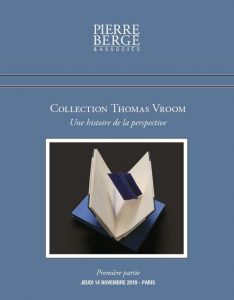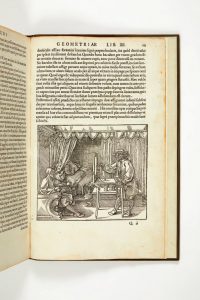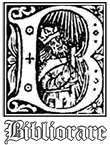Description
Adams, D-1045; Mortimer, French, 183; Brunet, II, 912; Brun, 175; Fairfax-Murray, French, 137 (pour l' édition de 1534); Vagnetti, EIIb7; voir PMM, 54 (pour l' édition allemande de 1525).
Première édition de la traduction latine, donnée par le polymathe Joachim Camerarius (1500-1574) d'après l'originale allemande du célèbre Underweysung der Messung de 1525. Exemplaire du premier tirage, avec le filigrane portant les initiales “FM” dans un blason. Les nombreuses gravures sont copiées sur celles illustrant l'édition allemande de 1525 et on y trouve à deux reprises l'illustration représentant
Dürer dessinant un luth.
“With the publication of Underweysung der Messung Dürer could claim a place in the front rank of Renaissance mathematics” (DSB).
“A course in the art of measurement was the first of the theoretical writings on art which Albrecht Dürer composed towards the end of his life. Its immediate object was to explain the application of practical geometry to drawing and painting and to teach the principles of perspective. These methods were to be applied to architecture, painting, lettering ... and ornamental forms in general... Dürer illustrated his book with woodcuts, some of which show the apparatus he constructed in order to produce correct drawing by mechanical rather than mathematical means... Dürer's work first presented to Northern Europe the completely new attitude to artistic creation which had crystallized in Italy during the Renaissance...
The connection of the beautiful with the natural, of the work of art with what is correct (I.E. mathematical) was a typical concept of the Renaissance. In the illustration of these principles lies the great importance of Dürer's theoretical writings” (PMM).
Le bois dépliant rapporté page 181 coupé anciennement et restauré très tôt en reprenant légèrement le dessin; petites rousseurs, pages 1/2 anciennement mises sur onglet, nom d'Érasme (f. a2v) masqué par un becquet mais encore visible.
First edition, early issue, of the Latin translation by Camerarius Dürer's first book on the theory of art, illustrated by the artist himself. In this work Dürer teaches the principles of perspective and explains the application of practical geometry to drawing and painting. Book three contains Dürer's famous treatise on the just shaping of Roman capital letters and gothic or textured letters.




